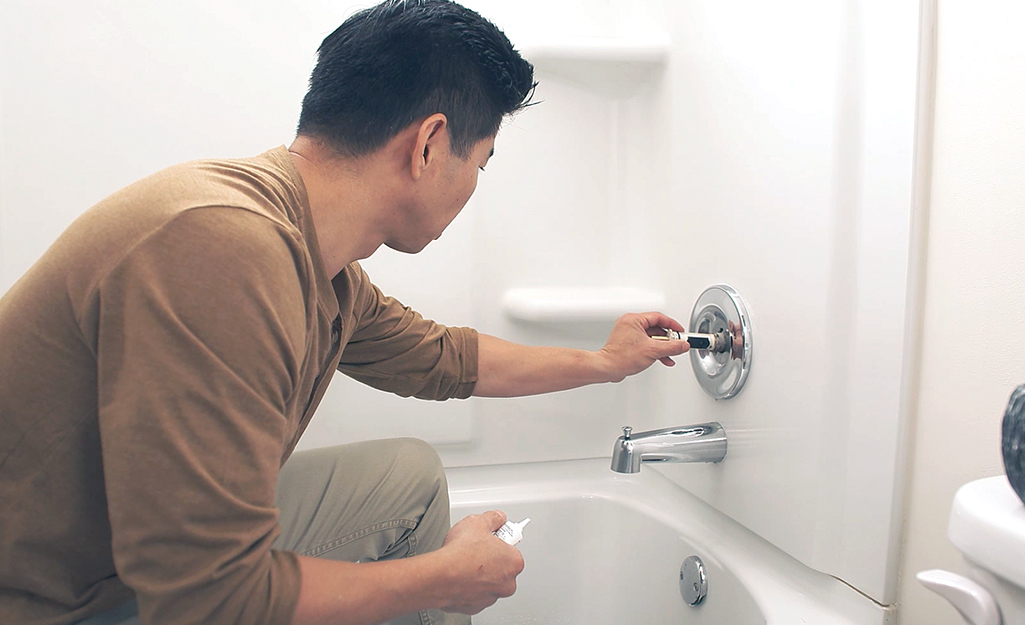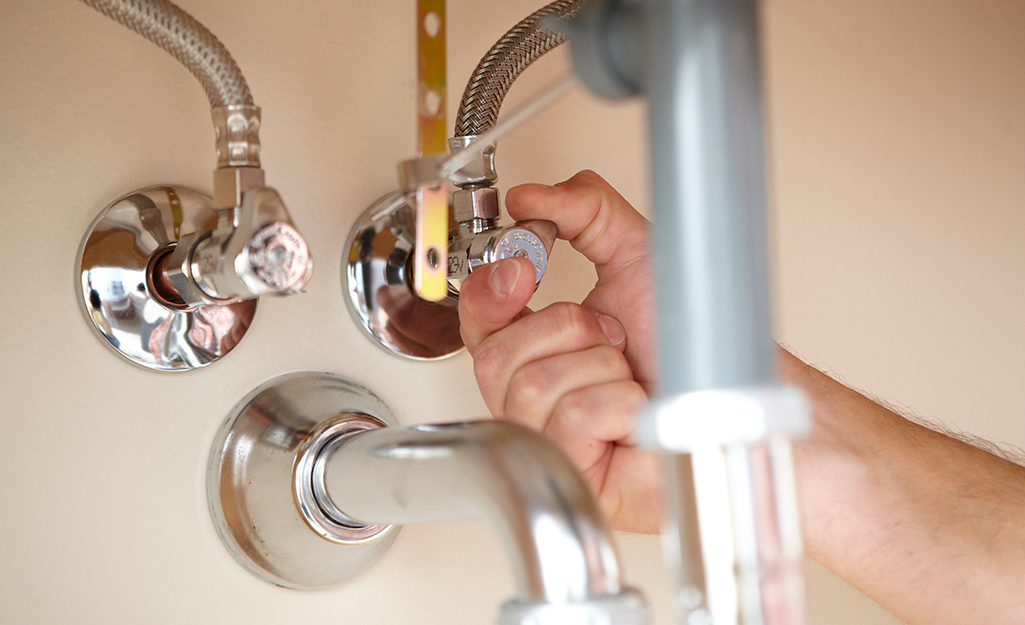How It's Critical to Resolve a Dripping Faucet
How It's Critical to Resolve a Dripping Faucet
Blog Article
This great article down the page in relation to 4 Common Reasons for a Leaky Faucet is pretty much captivating. Have a go and make your own personal ideas.

Dripping faucets may feel like a small inconvenience, but their effect surpasses simply the annoyance of the sound. From wasting water to incurring unnecessary financial costs and health and wellness dangers, disregarding a leaking faucet can result in various consequences. In this article, we'll delve into why it's crucial to resolve this usual family problem quickly and effectively.
Wastefulness of Water
Ecological Effect
Dripping taps contribute substantially to water wastage. According to the Epa (EPA), a single faucet leaking at one drip per second can throw away more than 3,000 gallons of water each year. This not only pressures water resources yet likewise influences environments and wildlife based on them.
Step-by-Step Overview to Dealing With a Dripping Faucet
Tools Called for
Before attempting to deal with a dripping tap, collect the necessary tools, consisting of a flexible wrench, screwdrivers, replacement parts (such as washing machines or cartridges), and plumber's tape.
Usual Tap Issues and Their Solutions
Determine the sort of tap and the specific issue triggering the drip. Common troubles consist of damaged washers, rusty valve seats, or defective O-rings. Describe supplier instructions or on the internet tutorials for detailed guidance on repairs.
Financial Costs
Increased Water Expenses
Past the environmental influence, leaking faucets can blow up water expenses substantially. The gathered waste in time equates right into higher utility expenditures, which might have been avoided with prompt repair services.
Prospective Residential Property Damage
In addition, extended dripping can bring about damage to components and surfaces surrounding the tap. Water accumulation can create staining, deterioration, and even architectural issues if left ignored, causing additional repair service costs.
Health and wellness Problems
Mold and Mold Development
The constant visibility of moisture from a dripping tap develops an ideal atmosphere for mold and mildew and mold development. These fungis not only compromise indoor air high quality however likewise present health dangers, specifically for people with respiratory conditions or allergies.
Waterborne Conditions
Stagnant water in leaking taps can become a breeding ground for germs and other pathogens, enhancing the risk of waterborne diseases. Impurities such as Legionella microorganisms prosper in stagnant water, potentially leading to significant health problems when ingested or inhaled.
Do it yourself vs. Specialist Repair service
Advantages and disadvantages of DIY Fixing
While some may try to take care of a dripping tap themselves, DIY fixings come with their very own set of difficulties. Without appropriate expertise and tools, do it yourself efforts can intensify the concern or lead to incomplete fixings, prolonging the issue.
Advantages of Working With a Professional Plumber
Employing a specialist plumber ensures that the underlying reason for the trickling tap is addressed efficiently. Plumbing technicians have the expertise and equipment to diagnose and repair faucet issues efficiently, conserving time and minimizing the risk of more damages.
Ecological Obligation
Private Payment to Conservation
Taking obligation for repairing dripping faucets straightens with more comprehensive initiatives toward water conservation and ecological sustainability. Every person's actions collectively make a significant impact on maintaining priceless resources.
Sustainable Living Practices
By focusing on timely repairs and taking on water-saving routines, individuals add to sustainable living techniques that benefit both existing and future generations.
Preventive Measures
Regular Upkeep Tips
To prevent trickling faucets, do routine upkeep such as cleaning aerators, checking for leakages, and replacing damaged components quickly. In addition, consider setting up water-saving tools or upgrading to extra efficient fixtures.
Value of Prompt Services
Dealing with leaking taps as quickly as they're noticed avoids additional water waste and prospective damages, inevitably conserving both water and cash in the future.
Impact on Residential Property Value
Understanding of Well-Maintained Building
Preserving a residential property in good condition, including dealing with maintenance issues like trickling taps, improves its perceived worth and worth among possible customers or occupants.
Influence on Resale Worth
Features with well-kept plumbing fixtures, consisting of faucets, command greater resale values in the real estate market. Attending to dripping taps can contribute to a favorable perception throughout home evaluations and arrangements.
Final thought
Resolving a dripping tap surpasses mere comfort; it's an important step towards conserving water, decreasing economic prices, and protecting health and wellness and building. Whether with do it yourself fixings or specialist assistance, taking action to repair leaking taps is a little yet impactful method to advertise liable stewardship of sources and add to a much healthier, a lot more lasting future.
Most Common Reasons for a Leaky Faucet and How to Stop the Drip
Whether it’s your kitchen faucet leaking or a bathroom faucet leaking, one leaky faucet can waste anywhere from three to 30 gallons of water every single day. If the constant drip-drip-drip doesn’t get your attention, your water bill will. The good news is that, by following a few simple steps, chances are pretty good you can fix the problem yourself.
Why is it dripping?
Before you start taking things apart, let’s break down some of the most common causes of a leaky faucet.
Bad O-ring.
A cartridge is a valve that controls the flow of water into the faucet spout. On cartridge faucets there’s an O-ring—the little disc attached to the stem screw that holds the faucet handle in place. If it’s loose or worn-out, it can cause your sink handle to leak. Of course, the cartridge itself could be worn out. If that’s the case, make sure you replace it with the exact same kind.
Corroded valve seat.
The valve seat connects the faucet and the spout. If the leak seems to be coming from the spout, it might be because a buildup of water sediment has corroded the valve seat.
Worn-out washers or seals.
A leaky spout could be caused by a bad washer that rests against the valve seat. It’s just a matter of time before friction takes its toll. It could also be the wrong size washer or one that’s been installed incorrectly. Water sediments can also corrode inlet and outlet seals.
Water pressure.
If the faucet only drips now and then, or when you turn the handles a certain way, you should probably check your home’s water pressure.
Loose or broken parts.
The adjusting ring and packing nuts in the stream screw can become loose over time, causing your sink handle to leak. Try tightening or replacing the packing nut. If the leak is coming from the pipes underneath the sink, you probably have a broken pipe or fitting. If that’s the case, you should definitely call a plumber.
Know your faucet.
Faucets come in a variety of types. Each one has its own assembly—and its own possible causes of leaks. Learning about the four most common kinds of faucets will help you know how to take them apart and make any repairs.
How to stop a leaky faucet
Fixing that leaky faucet doesn’t have to take a lot of time, money, or expertise. It’s usually a simple matter of replacing a worn-out washer or gasket, a loose O ring, or another part. Chances are really good you can do this yourself if you follow these simple steps.
Shut off the water.
Before you tackle the faucet, cut off the water supply to the sink. There should be one valve for hot and one for cold. Hand-turn them clockwise with your hands till they close. If there are no valves under the sink, head to the basement and shut off the main water supply to the house. Then turn on the faucet until it empties out the water that’s still in the line and you’re ready to start. It’s a good idea to cover the sink drain with a plug or a rag so you don’t lose any small pieces and parts while you’re working.

I stumbled upon that page about How to Fix a Dripping or Leaky Faucet while doing a search on the internet. Sharing is nice. Helping others is fun. Thank you so much for going through it.
Report this page